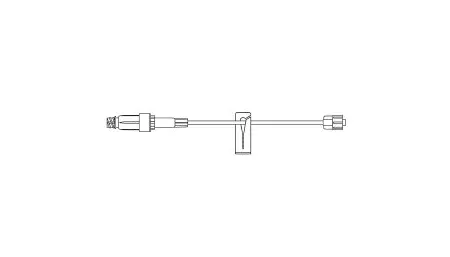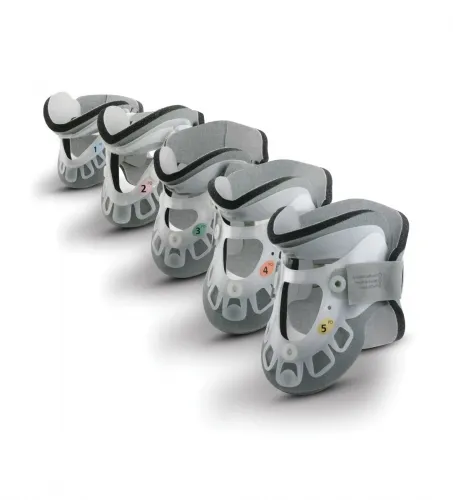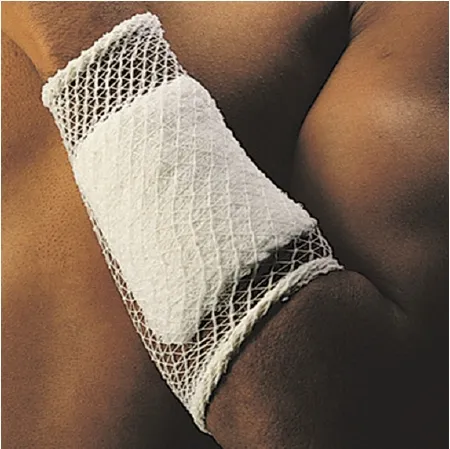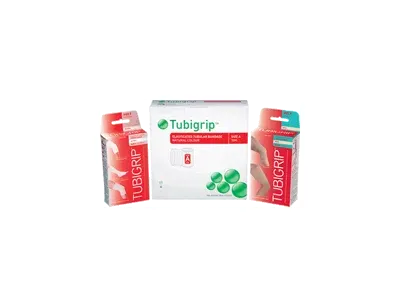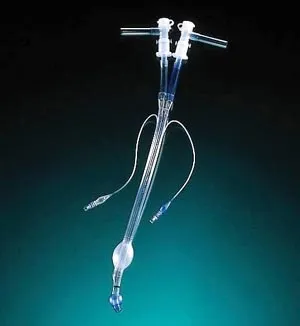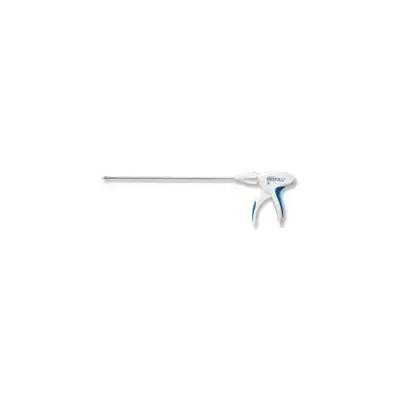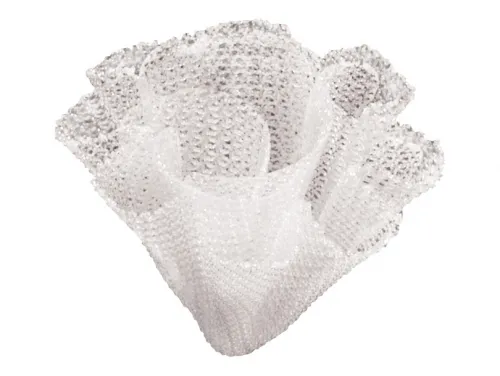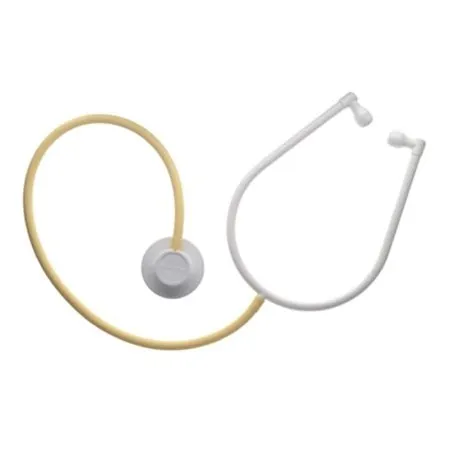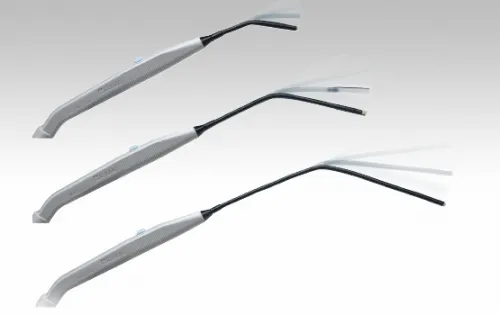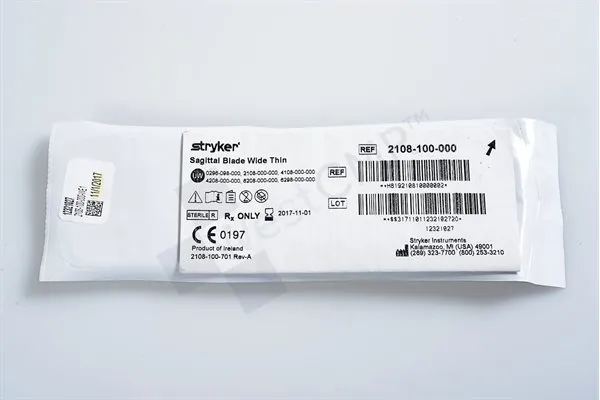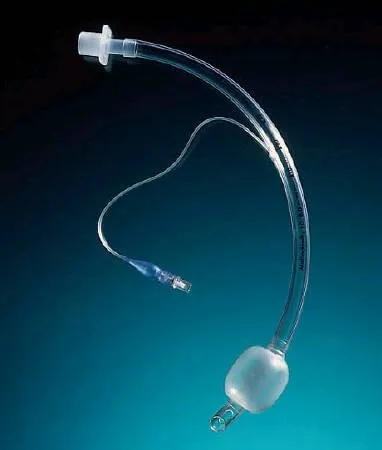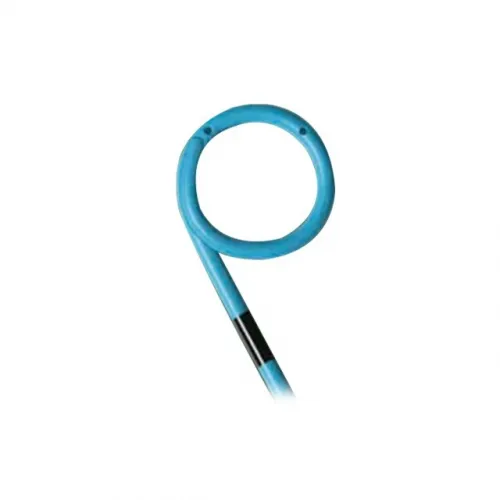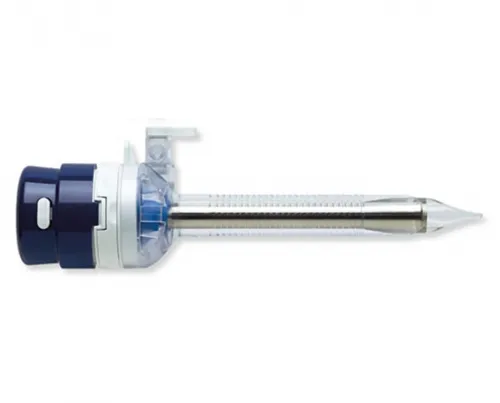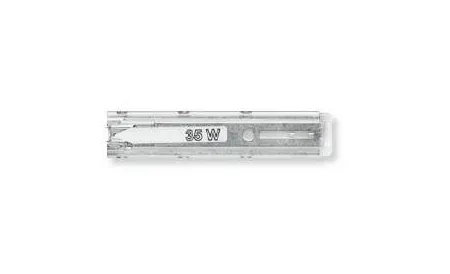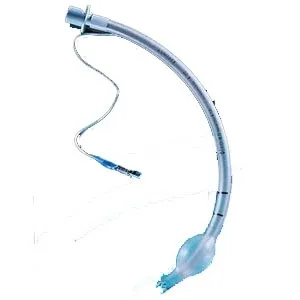1 (888) 774-7660
Convatec - DEX16 - Dextra Cure Catheter Closed System Kit With One-hand Dextra Advance, 16 Fr, Polished Eyelets, Pre-lubricated
$2.97
Shipping: Calculated at Checkout
Sold By:
EA
DEX16
 FSA Eligible
FSA Eligible

Note:
Please purchase based on product "Code". Images are provided by manufacturers and might not represent the product accurately.
Add to Wish List
Products Details
Dextra Cure Catheter Closed System Kit With One-hand Dextra Advance, 16 Fr, Polished Eyelets, Pre-lubricated
Customer Reviews
Write Your Own Review
Product Information
| Manufacturer | Convatec |
|---|---|
| Code | DEX16 |
| Sold By | EA |
| HCPCS | A4353 |
| UPC | - |
| GTIN | - |
| Warehouse | WH1 |
| Product Size | 16 Fr |
| WHSXX | MIK |
Special Deals



